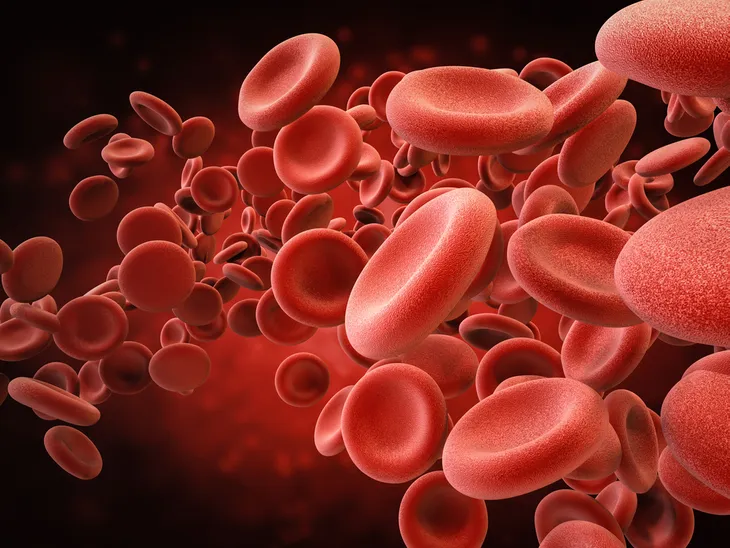Non-small lung cancer (NSCLC) is one of two main forms of lung cancer, involving healthy cells that grow uncontrollably and form tumors. NSCLC accounts for up to 85-percent of lung cancer cases, according to the American Cancer Society.
It’s important for doctors to distinguish which type of lung cancer they’re dealing with early on (even though many lung cancers don’t lead to symptoms until they’ve advanced), so they can start the appropriate treatment, which differs dramatically for both, adds the source. If you think you have lung cancer, never jump to conclusions, let a medical professional sort it out. Seven signs and symptoms of NSCLC are…
Endless Coughing
Smoking can often cause bouts of coughing, but if you’re not a smoker or notice your cough is getting worse, you should have it checked out. The American Cancer Society explains that a cough that gets worse or doesn’t go away can be a sign of NSCLC.
The same source also notes you may notice you’re coughing up blood or “rust-colored” phlegm, which is also a telltale sign of this form of lung cancer. You’ll likely also experience pain when you’re coughing as well.
Weight Loss
If you have unexplained weight loss and you’ve been eating the same volume of food as always, it could be a sign of a bigger problem. Although many health conditions can lead to weight loss, if you have some of the other symptoms mentioned in this article, you could be dealing with NSCLC.
The Canadian Cancer Society notes that while the stage of the cancer is important to the final outcome (stages 0 and 1 have a better survival rate), patients with NSCLC who have lost weight generally have a less favorable prognosis.
Neurological Symptoms
As mentioned before, sometimes lung cancers aren’t noticed by the patient until they’ve spread to other parts of the body. The Cancer Treatment Centers of America explains that lung cancer may spread to the brain, where it can wreak havoc in other ways.
More specifically, headaches and seizures may result, adds the source. The patient may also experience numbness or weakness in the arms and legs if the tumor is resting on a nerve.
Fatigue
Cancer.net explains that feeling weak and tired could be tied to this form of lung cancer, but these symptoms aren’t necessarily a sign that the cancer has spread. “Cancer anywhere in the body can cause a person to feel unwell in a general way,” explains the source.
This feeling of being “out of sorts” can also lead to loss of appetite, which could be responsible for the aforementioned weight loss. And of course, not eating will probably do nothing for your energy levels.
Aching Bones
A post from the U.S. National Library of Medicine explains that up to 40-percent of lung cancer patients will have the disease spread to their bones at some point. Unfortunately, it isn’t generally good news when cancer spreads to the bones, which accounts for up to 350,000 fatalities in cancer patients each year.
The article says a study found that the most common site of skeletal metastases (spreading) was to the spine, occurring in about 50-percent of cases involving NSCLC. The ribs were the next most commonplace, noting pain is the first symptom of bone metastases in 80-percent of patients.
Clubbed Toes/Fingers
Reader’s Digest points out that another possible symptom associated with lung cancer is clubbing, which causes fingers and toes to get wider and rounder. “Lung cancer and heart disease decrease vascular resistance, which means blood flow to the small arteries in the toenails and fingertips will increase,” explains the source.
Clubbing can also be caused by other health conditions such as chronic lung infection and intestinal disease. Although patients “are typically aware they have a disease that is causing the clubbing,” it’s best to have it assessed by a medical professional.
Paraneoplastic Syndromes
These are a collection of symptoms that could actually be early warning signs of NSCLC, but some doctors may mistake them for another cause, explains the American Cancer Society.
The syndromes are a result of “hormone-like substances” entering the bloodstream, as a result of lung cancer. These hormones can cause problems with other parts of the body, even though the cancer hasn’t actually spread to those areas, it adds. The syndromes may include high calcium levels (which carry a host of problems such as dizziness and nausea), excess growth of bones that can be painful, and even blood clots.










